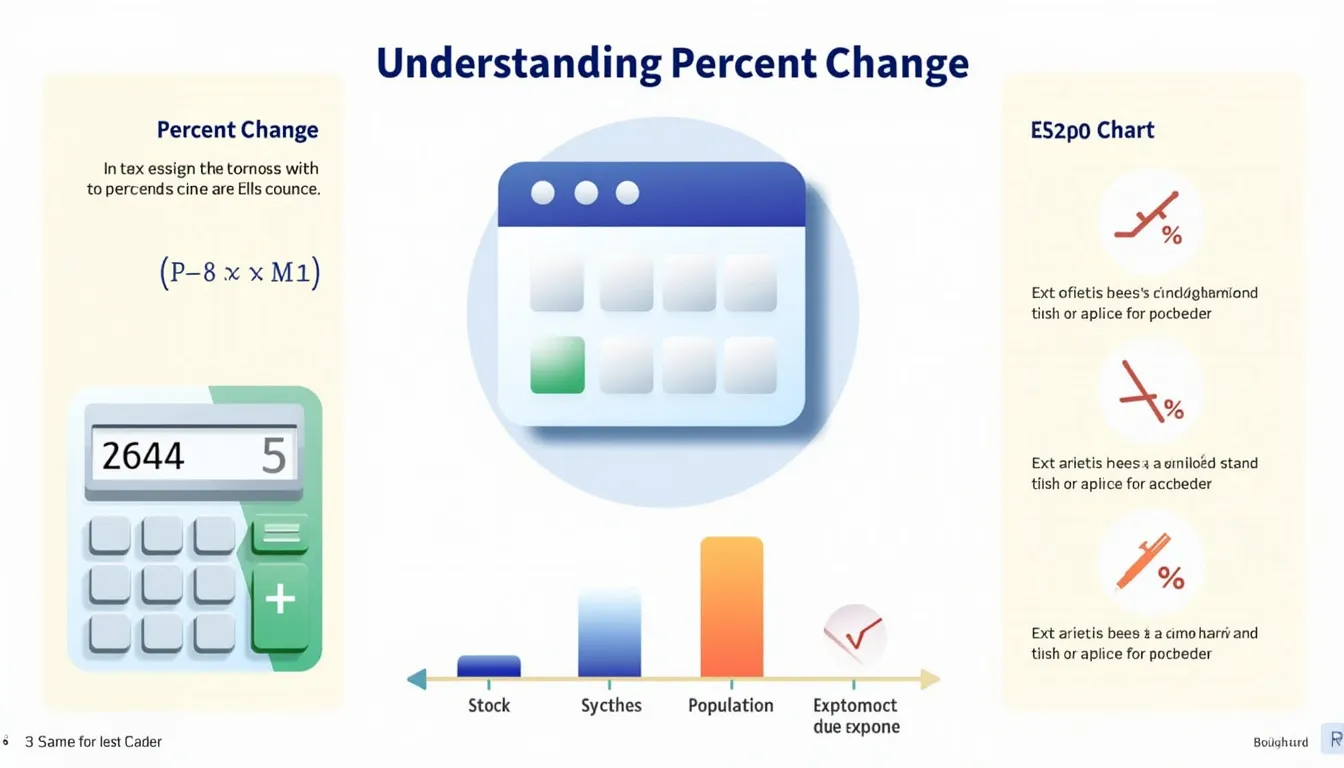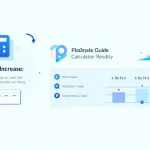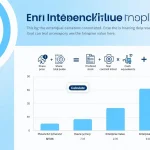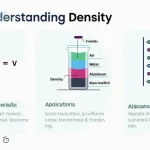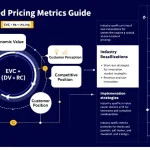Percent Change Calculator
Is this tool helpful?
How to Use the Percent Change Calculator Effectively
Step-by-Step Instructions
Our Percent Change Calculator is designed for quick and accurate computation of percentage changes between two numbers. Follow these simple steps to maximize its usefulness:
- Input the Original Value: Enter the initial or starting number in the “Original Value” field. For instance, you might enter 250 if analyzing a change starting from 250.
- Input the New Value: Enter the final or updated number in the “New Value” field. For example, input 325 to measure the change from 250 to 325.
- Click Calculate: After entering both values, trigger the calculation to obtain the percentage change.
- Review the Result: The calculator will display the percent change along with an interpretation indicating whether the value increased, decreased, or remained the same.
Additional Sample Inputs & Outputs
Here are two example scenarios illustrating how the calculator works with different input values:
- Sample 1:
- Original Value: 400
- New Value: 480
- Result: 20% increase
- Sample 2:
- Original Value: 600
- New Value: 540
- Result: -10% decrease
Introducing the Percent Change Calculator: Definition, Purpose, and Benefits
What is Percent Change?
Percent change represents the relative difference between an original and a new value expressed as a percentage. It’s widely used across business, finance, economics, science, and everyday scenarios to measure growth or decline in a standardized way.
Why Calculate Percent Change?
Calculating percent change reveals the scale of difference between two figures, regardless of their original size or units. This tool enables you to:
- Track and analyze growth or decline trends
- Compare performances over time or between categories
- Make informed decisions based on quantitative change
- Understand investments, sales, expenses, or experimental results effectively
Advantages of Using This Percent Change Calculator
Manually calculating percent change can lead to errors or be time-consuming. This calculator offers:
- High Accuracy: Eliminates mistakes by automating the calculation, even with decimals and negative numbers.
- Fast Results: Instant computation saves time and effort.
- User-Friendly Interface: Simple inputs with clear instructions for all user levels.
- Clear Interpretation: Immediately tells you if the change is an increase, decrease, or no change.
- Versatility: Works with positive, negative, and decimal values seamlessly.
Example Calculations Using the Percent Change Formula
Understanding the Formula
Percent change is calculated with the following formula:
$$ \text{Percent Change} = \frac{\text{New Value} – \text{Original Value}}{|\text{Original Value}|} \times 100\% $$
- New Value: The latest or final number.
- Original Value: The starting or initial number.
- Absolute Value of Original Value: Ensures correct calculation even when the original number is negative.
Sample Calculations
Example 1: Positive Growth
- Original Value: 200
- New Value: 250
- Calculation: $$ \frac{250 – 200}{|200|} \times 100\% = 25\% $$
- Interpretation: A 25% increase.
Example 2: Decrease
- Original Value: -100
- New Value: -120
- Calculation: $$ \frac{-120 – (-100)}{|-100|} \times 100\% = -20\% $$
- Interpretation: A 20% decrease.
Example 3: No Change
- Original Value: 500
- New Value: 500
- Calculation: $$ \frac{500 – 500}{|500|} \times 100\% = 0\% $$
- Interpretation: No change.
Practical Applications of the Percent Change Calculator
Business and Finance
Percent change calculations are vital in financial analysis and business decision-making:
- Stock Price Fluctuations: Determine gains or losses in stock values.
- Sales Performance: Track quarterly or yearly revenue growth or decline.
- Investment Returns: Calculate percentage earned on investments over time.
- Expense Management: Compare changes in operational spending or personal budgets.
Science and Research
Researchers often use percent change to analyze experimental data and environmental factors:
- Population Dynamics: Measure increases or decreases in wildlife populations.
- Chemical Concentrations: Monitor changes in substance quantities across experiments.
- Environmental Monitoring: Track percentage changes in climate or pollution indicators.
Personal Finance and Everyday Use
Individuals can apply percent change calculations to manage finances and evaluate progress:
- Salary Raises: Understand the percentage increase of your income.
- Budget Adjustments: Track transforms in monthly expenses or savings.
- Savings Growth: Measure the performance of your investment portfolios or savings accounts.
Advanced Insights and Considerations
Interpreting Negative Percent Changes
A negative percent change indicates a reduction from the original value to the new value, helping identify declines clearly.
- Example: Original value: 150, New value: 120. Result: -20% (decrease).
Difference Between Percent Change and Percent Difference
While percent change measures relative change from an initial to new value, percent difference compares two values without designated order. The percent difference formula is:
$$ \text{Percent Difference} = \frac{|\text{Value 1} – \text{Value 2}|}{\frac{\text{Value 1} + \text{Value 2}}{2}} \times 100\% $$
This tool is specialized for percent change calculations but understanding this distinction is important depending on your analysis needs.
Compound Percent Changes Explained
Multiple sequential percent changes compound multiplicatively rather than additively. For example, a 10% increase followed by another 10% increase results in a total increase exceeding 20%.
- Starting value: 100
- After first 10% increase: 110
- After second 10% increase: 121
- Total percent change: $$ \frac{121 – 100}{100} \times 100\% = 21\% $$
Tips for Using the Percent Change Calculator Successfully
Ensure Precise Numerical Inputs
Double-check the accuracy of your original and new values before calculating to avoid misleading results.
Contextualize Your Results
Interpret percent changes within the broader context; a 50% increase in one area may be critical, while in another it may be minor.
Leverage for Comparative Analysis
Use percent change to compare growth or decline between different entities or timeframes regardless of their actual size or scale.
Complement Percent Change with Other Metrics
For a comprehensive analysis, use percent change alongside absolute values and other key performance indicators.
Important Disclaimer
The calculations, results, and content provided by our tools are not guaranteed to be accurate, complete, or reliable. Users are responsible for verifying and interpreting the results. Our content and tools may contain errors, biases, or inconsistencies. We reserve the right to save inputs and outputs from our tools for the purposes of error debugging, bias identification, and performance improvement. External companies providing AI models used in our tools may also save and process data in accordance with their own policies. By using our tools, you consent to this data collection and processing. We reserve the right to limit the usage of our tools based on current usability factors. By using our tools, you acknowledge that you have read, understood, and agreed to this disclaimer. You accept the inherent risks and limitations associated with the use of our tools and services.
